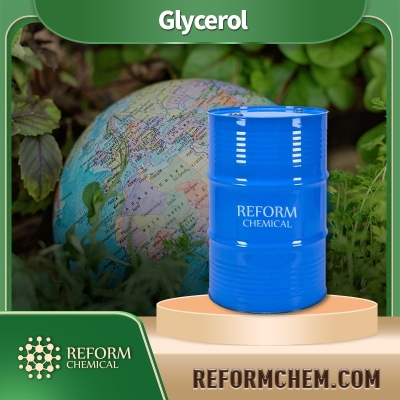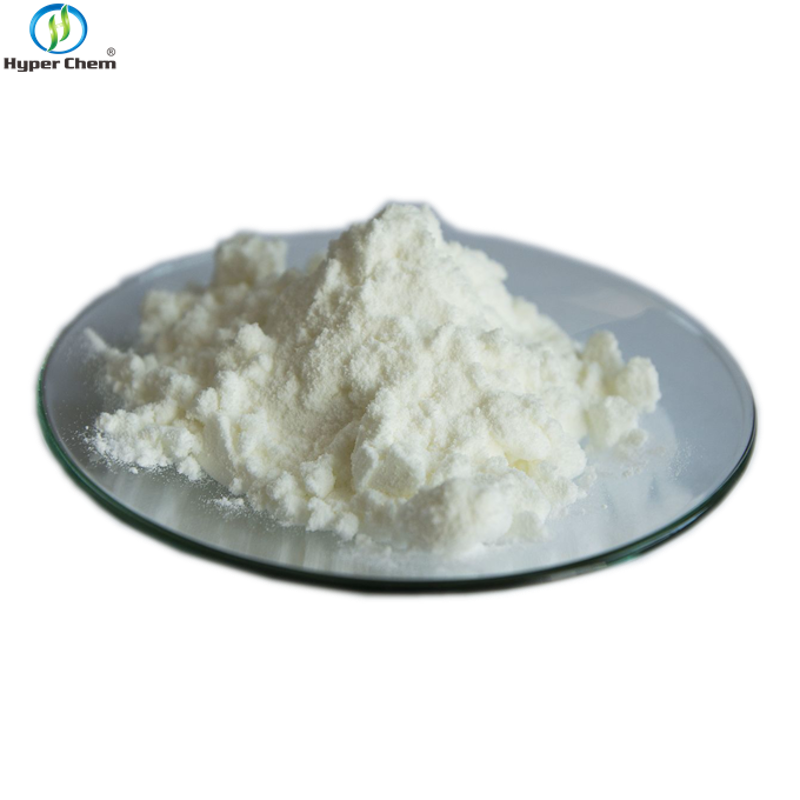-
Categories
-
Pharmaceutical Intermediates
-
Active Pharmaceutical Ingredients
-
Food Additives
- Industrial Coatings
- Agrochemicals
- Dyes and Pigments
- Surfactant
- Flavors and Fragrances
- Chemical Reagents
- Catalyst and Auxiliary
- Natural Products
- Inorganic Chemistry
-
Organic Chemistry
-
Biochemical Engineering
- Analytical Chemistry
-
Cosmetic Ingredient
- Water Treatment Chemical
-
Pharmaceutical Intermediates
Promotion
ECHEMI Mall
Wholesale
Weekly Price
Exhibition
News
-
Trade Service
▎WuXi AppTec content team editor
Approximately 30% of the world's population has nonalcoholic fatty liver disease (NAFLD), and the number of people with NAFLD is increasing
at a rate of 1% per year with the increase in obese/overweight people.
With the increasing understanding of NAFLD, the definition and diagnostic criteria of NAFLD are facing new challenges, and experts and scholars from many countries have jointly initiated the proposal to rename NAFLD to metabolism-related fatty liver disease (MAFLD), and the new name emphasizes metabolism-related risk factors, but this proposal has not yet fully reached a consensus
in the industry.
Looking back on 2022, the research in the field of NAFLD and obesity has made great
progress.
The clinical trial results of a number of new drugs are satisfactory and are expected to become the first choice for alternative surgical treatment, and artificial intelligence and personalized screening have also made some progress
.
Recently, NatureReviewsGastroenterology & Hepatology published the 2022 NAFLD annual inventory article, focusing on the evaluation of liver fibrosis, liver cancer risk prediction and research progress
in NAFLD treatment modalities.
Focus on research progress
First, artificial intelligence can quantitatively evaluate liver fibrosis
after anti-NAFLD treatment through second harmonic (SHG)/two-photon excitation fluorescence (TPEF) microscopic imaging technology.
Second, the weight loss effect of the double agonist tisipatide (Tirzepatide) is comparable to surgery, and it shows a strong anti-lipogenic effect
.
Third, the protein secretion group composed of 133 gene markers and 4 proteins can accurately predict the risk of hepatocellular carcinoma in patients with NAFLD, and has a high negative predictive value
.
Evaluation of NAFLD-related liver fibrosis
Patients with NAFLD have a poor prognosis and low survival
.
Liver histologic features, particularly liver fibrosis, have been shown to be associated
with a long-term poor prognosis in patients with NAFLD.
Early diagnosis of NAFLD-associated liver fibrosis is key to
improving patient outcomes.
The traditional light microscope evaluation method belongs to semi-quantitative classification, personal subjectivity is strong, the results are difficult to guarantee, and therefore there is a lack of unified standards to evaluate liver fibrosis schemes, how to accurate, clear and non-invasive imaging of intrahepatic collagen fibers is the bottleneck
of liver fibrosis research.
A study using SHG/TPEF microscopy to show the position and three-dimensional morphology of collagen in organ tissues, and then using computer modeling for automated evaluation, proved that tropifexor can help reverse liver fibrosis
.
Advances in NAFLD treatment
The most effective way to treat NAFLD is to lose weight
.
When patients lose more than 10% of their body weight, steatosis can be improved in almost all patients and liver fibrosis in 80% of patients
.
However, only 10% of patients can achieve their weight loss goals
through lifestyle changes.
A 2022 SURPASS-3 clinical trial was published, which compared the effects of tisiparatide and deguline on liver fat content (LFC) and found that at doses of at least 10 mg/week tisiparatide, LFC can be reduced by 8%, mainly due to weight loss, visceral and abdominal fat loss
.
The results of the SYNERGY-NASH trial, which will be published in November 2023, are expected to clarify whether tisiparatide can help reverse liver fibrosis
.
Prediction of liver cancer risk in patients with NAFLD
NAFLD can eventually progress to hepatocellular carcinoma (HCC), with an annual progression rate of about 1.
5%~3.
8
%.
About 15% of HCC patients are NAFLD patients, of which 20%~50% occur before
cirrhosis.
Therefore, improving the screening and diagnosis ability of NAFLD-related HCC is one of the
current research hotspots.
At present, the known joint diagnostic models include GALAD model, ASAP model, etc
.
One study proposed a PLS-NAFLD model
based on 133 genetic markers.
The results showed that the incidence of HCC at 15 years in high-risk patients in the PLS-NAFLD model was 23%, while the incidence of HCC in low-risk patients was 0%.
The researchers then developed PLSec-NAFLD based on a protein secretion group composed of four proteins of PLS-NAFLD, which can stratify
high- and low-risk patients.
This means that the risk screening of patients with NAFLD with HCC may usher in new developments
.
.







